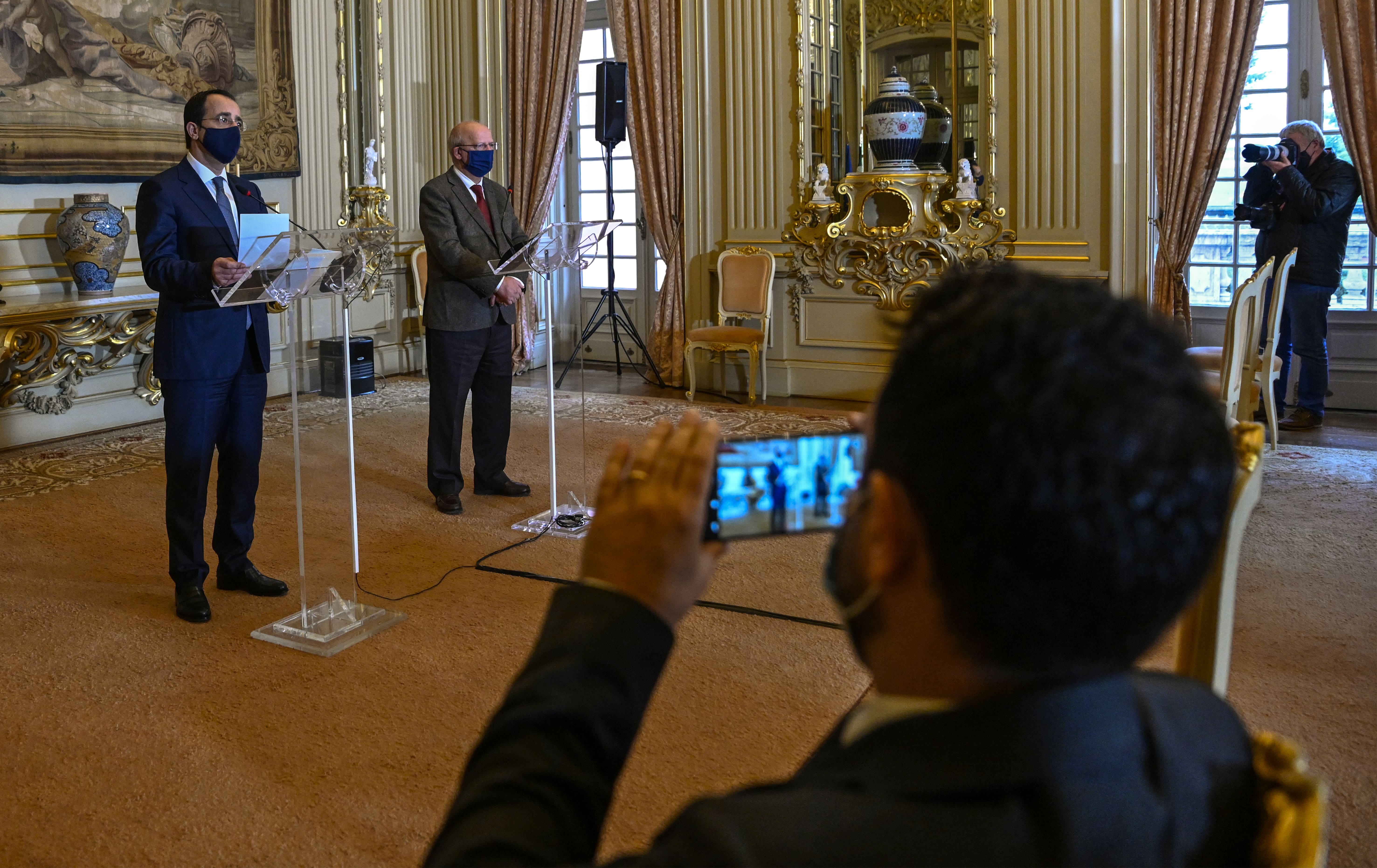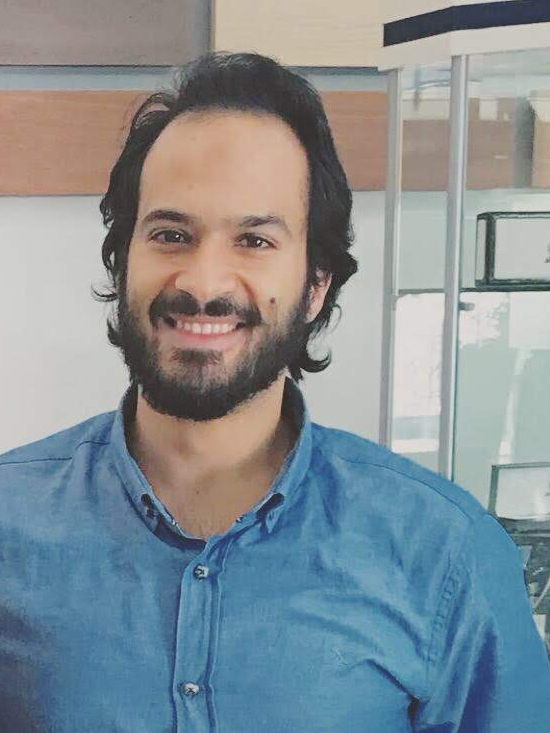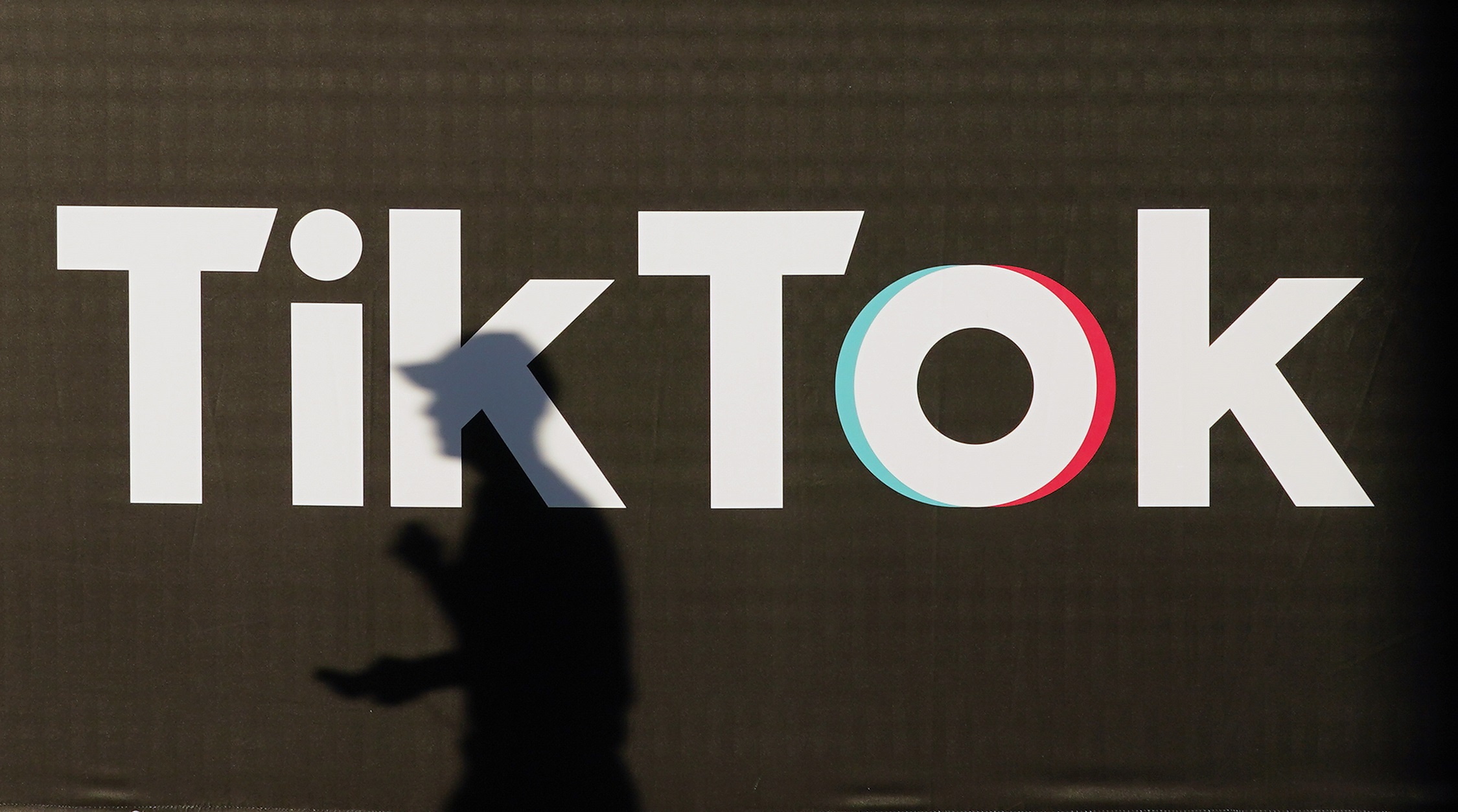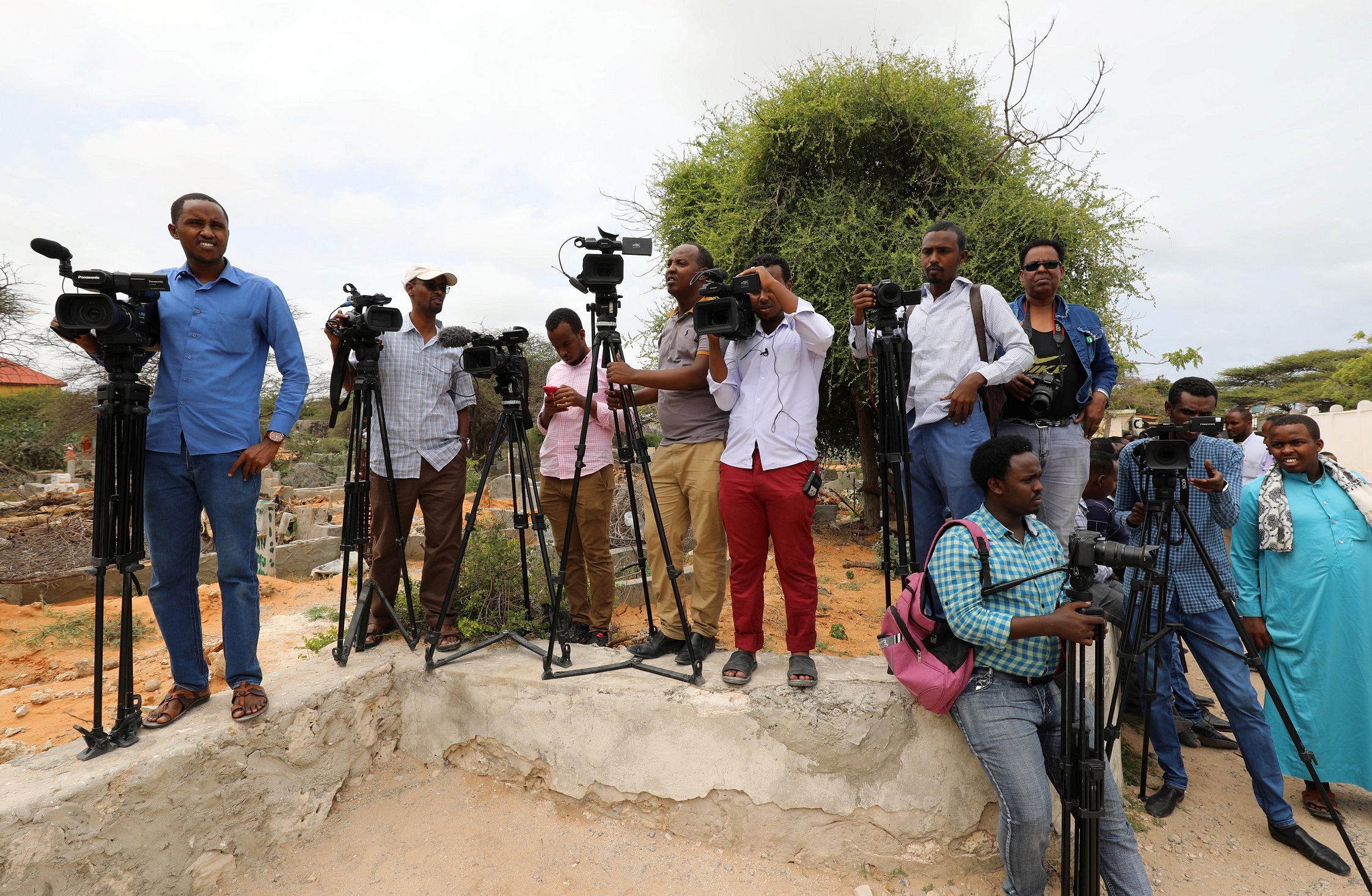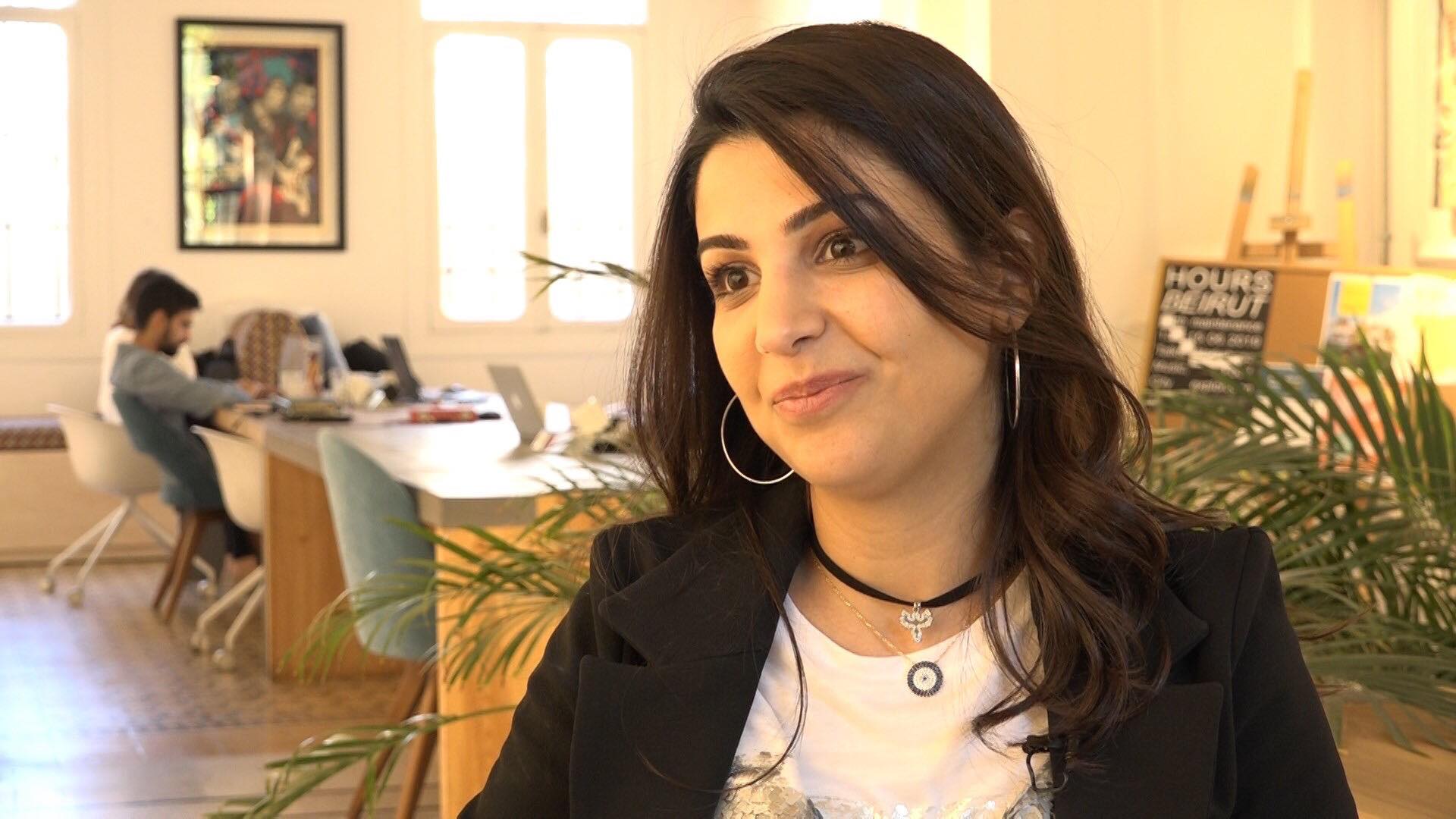“It’s like a Swiss army knife,” the trainer said at the beginning of the workshop. “The same old clichés,” I thought to myself. But it still caught my interest. “It’s like a Swiss army knife – film, production, writing, publishing, all in a single device.” He was pointing to his phone. “But we know that the quality of a Swiss army knife isn’t amazing. It’s small, and sometimes lets us down.” He fell silent for a moment, then continued. “Anyway, I think it’s enough to get a piece done, especially if we’re in a hurry.” This was my first lesson in mobile journalism.
New media or a passing fad?
There is an almost childish debate among journalists in the West – I say “in the West” because in the East, as yet, there isn’t much of a discussion – about whether “mobile journalism” is a new form of journalism or no more than a change in tool. “Why all this bother?” one post on a private page concerned with mobile journalism asked. “The meaning of written journalism didn’t change just because it was written with a typewriter and not a pen. So long as the message and the audience are the same, how can we claim that this is a new form of journalism?” The responses were merciless, and there isn’t enough space in a single article to go through them all.
However, there was a general consensus that with the use of phones, both the message and the consumer have changed dramatically. This is much more than just a matter of tools! The message and the audience have changed. Today we listen to music during reports and read posts instead of listening to audio commentary. Mobile journalism isn’t just a technological development – it’s a fundamental change in how journalists operate.
Zenith Media suggests that the average person will watch 84 minutes of online video in 2020. This demand forms the basis for the defence of mobile journalism – how can professional cameras and full-size computers possibly meet this growing need for video? There is a need for a new medium – a quicker, more mobile medium – to meet this demand. Facebook seems to have recognized this market need with Mark Zuckerberg’s announcement that Facebook plans to slowly transition into a video platform. Facebook’s shift shows that this is not a passing fad but a radical change in media consumption, and as a result, in production.
If mobile journalism’s supporters are right, it may soon upstage traditional journalism entirely. Consumers are hungry for fast-moving and exciting videos. And this is exactly what mobile phones provide.
Camera vs. phone: Survival of the fittest
Some consider phones to be fairly limited devices incapable of taking photos that can truly capture the imagination. Indeed, it’s difficult to picture the adventurous photographers of National Geographic out in the jungle hunting for lions with nothing but a cameraphone. For such photographers, it will be difficult to give up on the huge professional lenses that catch every tiny fly flitting around a lion’s head. And it would be ludicrous to claim that a phone camera is capable of this sort of thing. We have to recognise that phones can’t do everything.
But not all photos are taken in the jungle – sometimes they’re taken in narrow spaces poorly suited to professional lenses. Wytse Vellinga, a Dutch mobile journalist, noted that “When the Coptic pope visited a new church in Friesland, I was allowed to follow him all the way back into the holy part, where none of the other journalists were allowed. This was possible because of the small kit and non-intrusive method of filming. “
The competition between phones and cameras is not restricted to quality or ease of access. It’s no secret that media outlets are facing unprecedented budgetary dilemmas. Their relationship with advertising is in crisis, and many are faced with an inevitable choice between bankruptcy and cutbacks. Can phones be part of the solution? Michael Rosenblum, the American journalist credited with the invention of video journalism three decades ago, famously observed that in the past, a two-week working visit to Afghanistan had cost him $76,000– with almost all of the budget ($70,000) going to the team accompanying him. Today, with a phone, Rosenblum’s $76,000 could be slashed dramatically.
This may be a point in favour of mobile journalism. But it doesn’t do much to assuage other concerns about this new medium.
Can journalists who are wearing multiple hats – addressing the audience via a direct broadcast on several platforms, writing the script, producing their own film and photography, holding interviews and doing the post-production themselves – really match the accuracy and well-integrated work of a fully-staffed team of specialists?
This question has yet to be decisively answered. In fact, there is no precise way of comparing the quality of phone journalism with journalism produced by specialists yet. But, though critics of mobile journalism might disagree, there is a pressing need to answer this question and see if cell-phone journalism can compete with the more traditional multimedia mediums.
Cats versus Trump
Yousef Omar is a correspondent who is very enthusiastic about working on cell-phones. “I don’t think that we use mobile phones to produce reports like the ones broadcast on TV,” he often says in lectures. “We’re producing social stories, which is something totally different.” Both the content and form of the message have changed.
In the summer of 2018, Instagram launched its own news platform – IGTV – which requires videos to be shot in a square aspect ratio. Journalists have become increasingly reliant on this platform. But the platform presents a major problem: How can professional cameras shoot non-landscape film?
Camerapeople have come up with all sorts of tricks to overcome this problem, including accessories which allow them to hold their cameras horizontally. But this doesn’t change the fact that on a phone, moving from horizontal to vertical filming – or from Instagram to Facebook’s own video platform, Facebook Watch – is incomparably easy compared to switching bulky, or expensive equipment.
Let’s go beyond the form the video takes. Are these tiny devices also contributing to changes in content?
Making such an affirmative statement would be premature. But noticeable changes have taken place in the types reports produced during conflicts like the Syrian War and, earlier, during the Arab Revolutions. Many of these reports are the work of amateurs or eyewitnesses. The recent prominence of such citizen journalists is indisputably thanks to mobile phones. Now that the source is no longer news agencies but clips shot by everyday people, we might have to accept that this means major changes to content. Phones may reveal aspects of stories that were formerly invisible, and force journalists to adopt a different approach to events.
Cats versus Trump. This isn’t the title of a tabloid piece – it’s a reality. Social media users love cats. These irascible creatures sometimes bring in millions of views, figures that even Trump’s most controversial tweets can’t compete with. Audiences like things that are funny, light-hearted, and sentimental, and it looks like journalism is moving in this direction too. Human interest stories, traditionally left to the final moments of any news program, now dominate digital news platforms. Cosy, simple, genuine stories. Stories that don’t require high visual quality, only proximity, spontaneity and simplicity. What better tool for this than a mobile phone?
In any case, viewers aren’t interested in debates over lenses and phones. These are technical questions. In this new era of narratives, whoever can tell stories better will come out on top.
Cover photo: A journalist records with his cellphone the Minister of Foreign Affairs of Cyprus Nikos Christodoulides (L) and Portuguese Minister of State and Foreign Affairs Augusto Santos Silva (R) during a joint press conference. (Getty-Horacio Villalobos)
